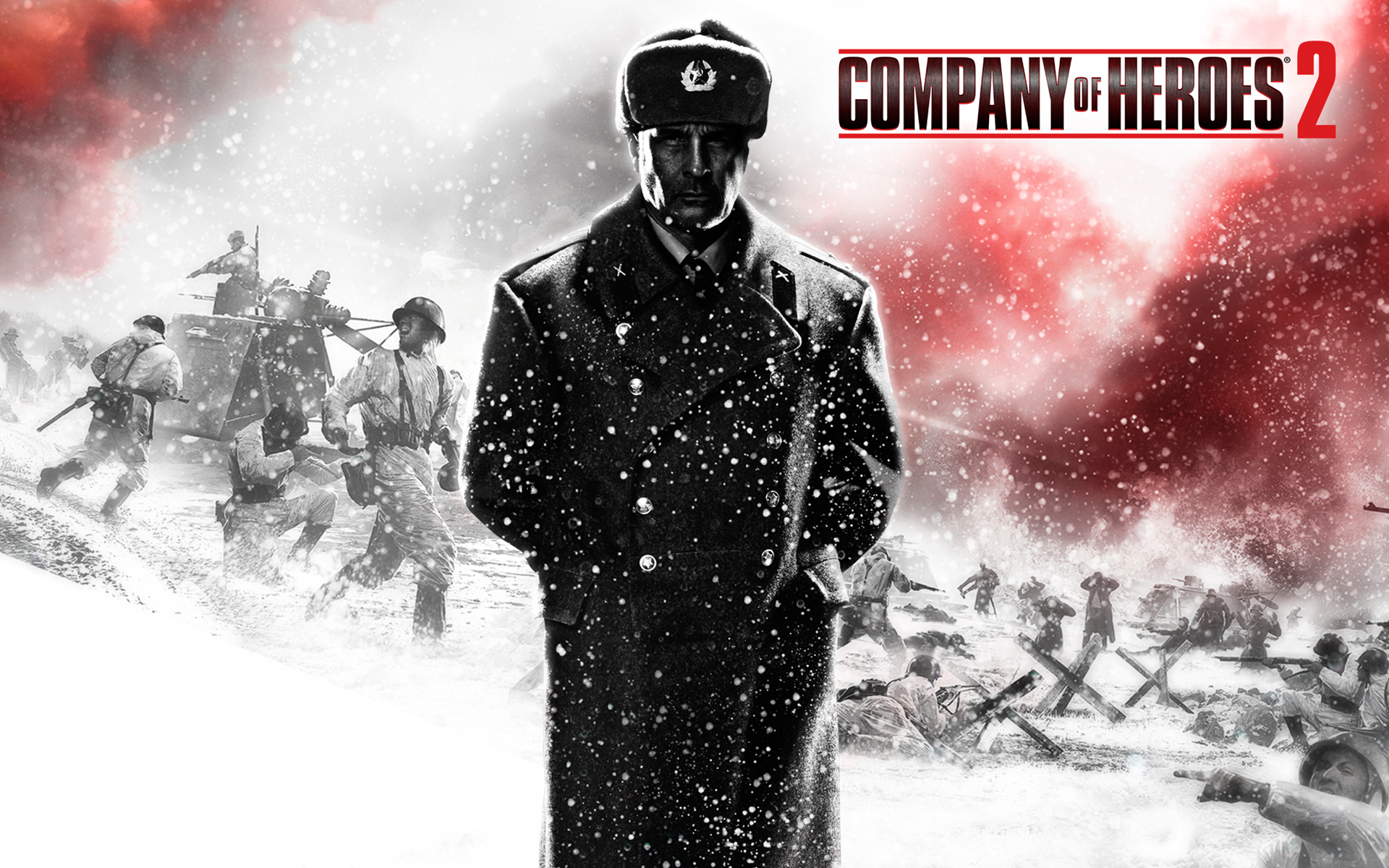

It’s a chunky map, but only a small slice of the full Italian campaign that we’ll get to play at launch. My army is hanging around Naples, with the sprawling Italian countryside stretched out before them. Sure, there are still gaps, and some features not working quite like I expected, but broadly this is already a game where the relationships between the systems are very strong and very apparent.

There’s a level of consistency and permanence that even Total War hasn’t achieved, and while Littman apologetically explains that the connection between the campaign and missions “simply isn’t there yet”, I think he’s being humble. This ‘holistic loop’ is one of the main pillars of Company of Heroes 3 and makes this undeniably complex game feel significantly more intuitive. What you can do in the RTS layer can be replicated in the turn-based campaign, whether it’s bombarding the enemy with artillery strikes or plonking down some sneaky mines to scupper troop movement. Both layers share the spotlight and are fundamentally interconnected.

While Relic has dabbled in dynamic campaigns before, it played second fiddle to the RTS action – not so in Company of Heroes 3. The largest and most ambitious game Relic has put together.


 0 kommentar(er)
0 kommentar(er)
